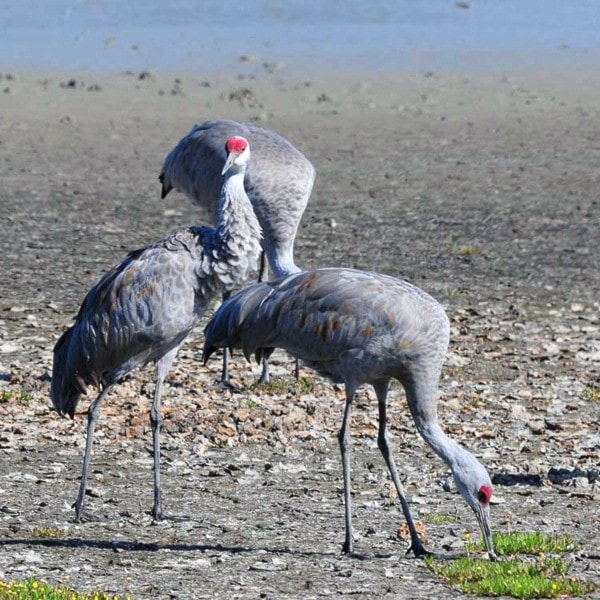“They’re on the move again.”
During the past few weeks, thousands of birds have started their fall migration and for many this will be a lengthy undertaking. A unique phenomenon, the subject of migration is very complex with new information constantly coming to light through new scientific studies.
The reasons that birds choose to migrate centres around their need to find a safe place to breed and plentiful food once the young have hatched. Extended daylight hours in the Arctic produce an abundance of plant and insect life, which enables the young to rapidly build up fat reserves needed to fly south to their winter feeding grounds before the harsh winter settles in.
Not all birds migrate long distances, some do not migrate at all, whilst others move to higher elevations or follow a food source along waterways or shorelines. Many different species of birds make an annual migration using both day time and night time depending on the size of the bird: the larger the bird the more likely they are to migrate in the daytime.
Flying formations also help the birds conserve energy. The best known V formation allows the trailing birds to be pulled along in the slipstream and the lead bird will drop back when it gets tired.
The longest migration recorded is undertaken by the Arctic Tern, which breeds in the Arctic then flies over 18,000 kilometres to Antarctica for the winter. Most of their yearly 36,000-kilometre trip is over open water – truly remarkable.
There are many migratory “flyway” zones in the world including Europe to Africa or Asia, and North America to South America. In North America the main routes are the Atlantic, Mississippi, Central and Pacific. Migration entails travelling over many types of terrain including mountains, oceans, deserts and coastlines.
In addition the birds will encounter high winds, heavy rain or snow, excessive heat and many other elements that nature has in store. Birds instinctively seek out favourable conditions that will help conserve their energy; they will use tail winds and thermal currents which provide them with a “free ride."
Due to the vast distances covered during migration, most birds will break their trip, stopping over at chosen feeding stations. Some birds such as the Ana’s hummingbird double their weight before they migrate and fly nonstop across the Gulf of Mexico – and no, they don’t hitch a ride on a Canada goose!
The Comox Valley and the eastern side of Vancouver Island is one of the stopover sites; each year flocks of birds can be seen in our estuaries and along the shorelines. Last week at MARS a large flock of sandhill cranes did their yearly flyby – an awesome sight to see and hear them chattering away as they communicate and pass on information.
How do these birds know where to go and how to get to their winter destination with no maps? In fact they do actually have their own version of a map and compass and it has been proven that birds use the sun, moon and stars as a guide together with landmark recognition to track their route. They are sensitive to barometric pressure and magnetic fields and use this information to avoid heading into a major storm. It is also thought that they use their sense of smell and hearing to detect the sea and shorelines if they cannot locate them visually.
Before starting their migration they need to be in top physical shape with good feather condition and plentiful fat reserves. Due to the distances covered many birds, especially the juveniles, do not have the stamina or necessary fat to make the trip and succumb to starvation along the way. Others don’t even start, falling prey to predators.
It is critical that migratory birds are left undisturbed to feed at their pit stops while topping up their fuel supplies. Dogs running along the shorelines create a disturbance for water birds, so keep canines on a leash. Very soon our eastern shores will be teeming with hundreds of species of birds; some pass through, others are permanent winter visitors. Two species of note that provide many hours of winter bird watching are the trumpeter swans and the bald eagles.
The prediction of a La Niña winter weather patterns does not bode well for our wildlife. Many juveniles experience difficulties during their first winter and the timid, less aggressive birds with poor hunting skills will often starve to death.
Please be aware of any wildlife that appears to be weak or injured and call before attempting to intervene. To report injured wildlife call 1-800-304-9968 or visit our website at www.wingtips.org.
Sandy Fairfield is the educational co-ordinator for the Mountainaire Avian Rescue Society (MARS). The MARS column appears every second Friday.
